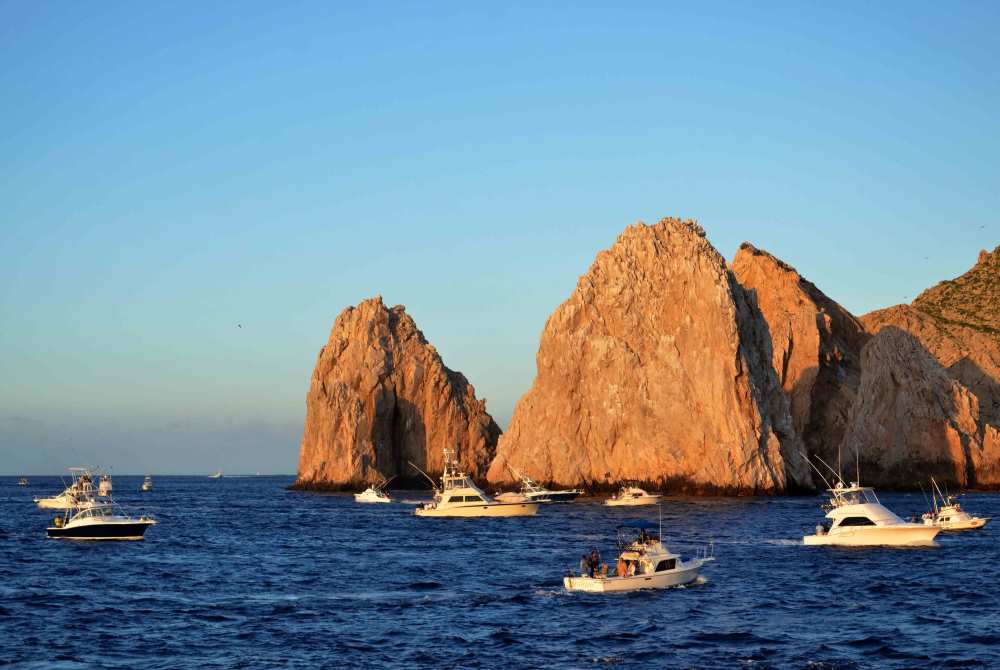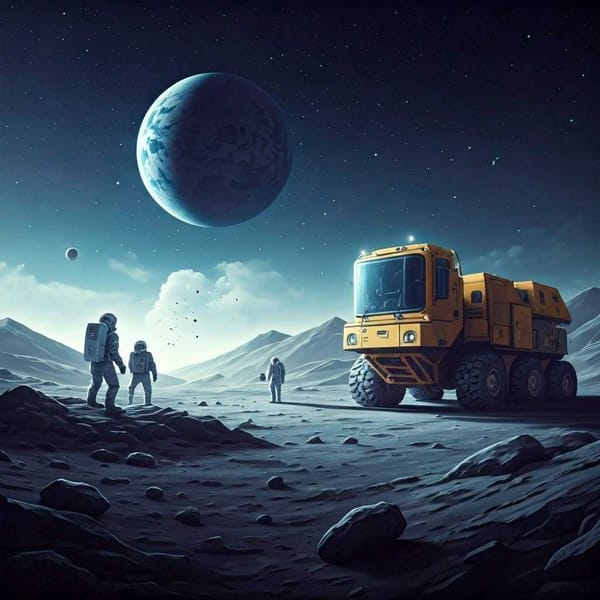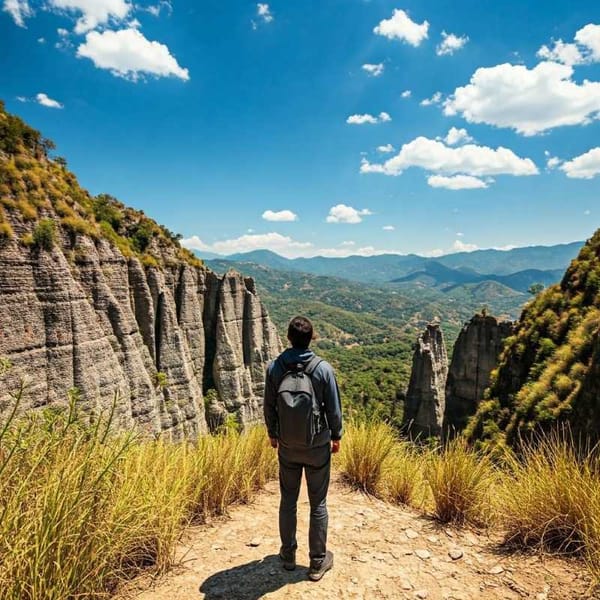A Brief Overview of Baja California Sur Evolution Since the 20th Century
Discover the evolution of Baja California Sur from the 20th century to the present day. Learn about its history, governance, population, and economic development. Explore its popular tourist destinations and thriving industries.

Baja California Sur is a state located in the northwestern part of Mexico, surrounded by the Pacific Ocean to the west and the Sea of Cortez to the east. This region has a rich history that spans back to the early 20th century when revolutionary movements began to take shape. This article provides a brief overview of the evolution of Baja California Sur from the 20th century to the present day.
The Revolutionary Movement of 1910
The Maderista cause, which aimed to overthrow the Porfirio Diaz regime, had adherents in Baja California Sur. Following the sacrifice of Francisco Madero and Pino Suarez and the Huertista usurpation, the people of Baja California Sur rose in arms under the leadership of Felix Ortega Aguilar. This marked the beginning of revolutionary movements in the region.
Development and Modernization
Various social, economic, political, and cultural events have contributed to the development and modernization of Baja California Sur. One of the fundamental moments was the beginning of ferry operations between Mazatlan, Topolobampo, Guaymas, and Puerto Vallarta, which had maritime terminals in the state. Before this, there was a heroic period of air transportation.
The reinstatement of municipal life, which had been suspended since 1929, was another significant event that took place in 1972. The transpeninsular highway, which spans from Cape San Lucas to Tijuana, was completed in 1973, and in 1974, Baja California Sur became a member state of the Mexican Federation, along with Quintana Roo. The state promulgated its Constitution on January 15 of the following year.

Population and Governance
As of 2020, Baja California Sur has a population of 798,447 and is divided into five municipalities. These municipalities are La Paz, Los Cabos, Comondu, Loreto, and Mulege. La Paz, the state capital, is the most populous city, with a population of around 300,000.
The state government of Baja California Sur is divided into three branches: the executive, the legislative, and the judicial. The governor of the state heads the executive branch and is responsible for implementing policies and programs to promote the development of the region. The legislative branch is made up of a unicameral state congress, while the judicial branch comprises a supreme court and several lower courts.
Tourism and Economic Development
Baja California Sur has a thriving tourism industry, with many visitors flocking to the region each year to enjoy its beautiful beaches, warm weather, and vibrant culture. The state is home to many popular tourist destinations, such as Los Cabos, La Paz, and Loreto.
Aside from tourism, the state's economy is also driven by other industries such as fishing, agriculture, and mining. The region is known for its rich natural resources, including copper, gold, silver, and iron, which are extracted from its mines.
Conclusion
Baja California Sur has come a long way since the early 20th century. From its revolutionary beginnings to its current status as a thriving state with a booming tourism industry, Baja California Sur has undergone significant changes over the years. With its rich history, natural resources, and diverse culture, the region is poised for continued growth and development in the years to come.




